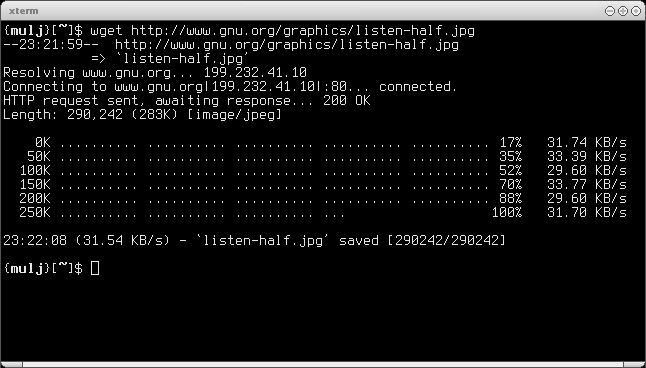

If it doesn’t work, then try creating a new session, or reboot the system to apply changes.
WGET WITH PROXY DOWNLOAD
Wget will start using the new proxy settings to download files. http_proxy = https_proxy = ftp_proxy = Save and close the file. Replace Proxy_Server with the IP address or domain name of proxy server, and port with the port number of proxy server. $ vi ~/.wgetrcĪdd the following lines to it. In order to configure wget proxy, open its configuration file ~/.wgetrc or /etc/wgetrc in a text editor. For example, if you add configuration to /etc/wgetrc and not ~/.wgetrc then those values will be used by wget command. Wget will pick configuration values from whichever file has higher priority.
WGET WITH PROXY HOW TO
How to Use Wget to Download File Via Proxy Basically, you need to set proxy for wget utility, and thereafter it will properly download files via proxy. In this article, we will learn how to use wget to download file via proxy. But sometimes you may need to download files that are behind a proxy. Wget even allows you to enter username/password for downloads that require authentication. You can use it to download files to current directory, or another specific folder.
WGET WITH PROXY .EXE
exe and if you don't specify the full path to the resource then ensure its directory is part of the path environment variable.Wget is a popular command that allows you to download files from URLs. If you are going to be using cmd utilities make sure you append.

Native Windows commands is last on the list! Really though if you are in PowerShell doing this you might as well use PowerShell cmdlets to get your environment variables set (if you insist on using wget). If you do not specify a path, Windows PowerShell uses the following precedence order when it runs commands: So what we are seeing here is about_Command_Precedence coming into play In both cases ( set and the non-working wget) the command was ambiguous and PowerShell had to try to match it up to something. In your working example you are using cmdlet syntax ( -Proxy. That would only be an issue if you had at least PowerShell version 3.0 which you appear to have. You are also having an issue with wget as that is an alias of Invoke-WebRequest. Problem is that if you run that in PowerShell set is an alias for Set-Variable. Which is exactly what you tried to do here which was a successful operation (no error) but did not work as expected. The standard way to specify proxy location, which Wget recognizes, is using the following environment variables: As we read from the (what I hope is) the documentation for wget concerning proxy information: Pretty sure your issue here is that you are not setting environment variables and getting mixed up between cmd exe's and PowerShell cmdlets.


 0 kommentar(er)
0 kommentar(er)
